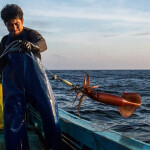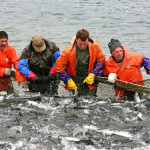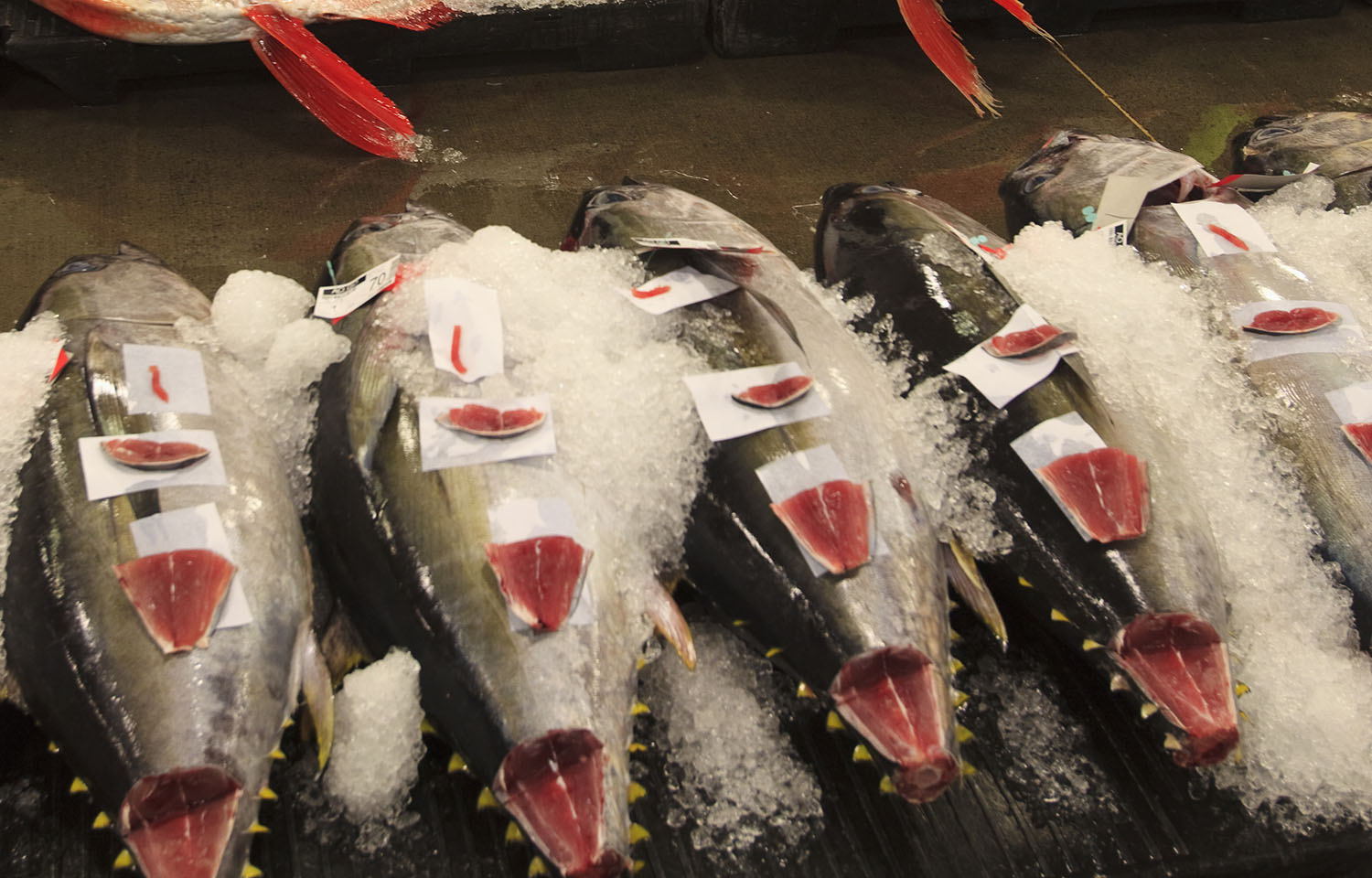The Western Pacific Regional Fishery Management Council expressed concern over foreign tuna dumping in its latest meeting in Honolulu, Hawaii, warning that foreign competition is harming both producers and consumers.
“If our fishermen can’t compete, fish, sustain a profit, and provide protein for our communities, not only do we lose food security in American Samoa, but our economy dies,” Council Chair Taulapapa William Sword said.
Sword’s comments are a continuation of the council members’ long-stated concern over fish imports undermining the domestic seafood sector. In March, members said that cheap, subsidized imports were gutting demand for local, domestic seafood.
“The market isn’t there because of the huge amount of imported, subsidized, gassed tuna being ‘dumped’ into the market, and retailers are not adjusting downward during periods of high local supply of fresh tuna,” Hawaii Longline Association Executive Director Eric Kingma said in March. “Not only is this bad for the local consumer, but it’s unfair to the Hawaii fishing industry. The subsidized foreign imports and retail price-gouging on fresh-landed ahi is really hurting the Hawaii longline fleet.”
Now, the council is recommending a gathering of experts, government officials, and industry representatives to discuss the ongoing trade issues. Members also called on federal, state, and territorial governments to enforce country-of-origin labeling.
Despite those concerns, the council was pleased with the latest annual Stock Assessment and Fisheries Evaluation (SAFE) report, which showed increased catches for a range of species. The council called for the annual catch limit for the Hawaiian Islands’ deep-seven bottomfish complex to be increased to 493,000 pounds. The typical annual catch for the complex is around 200,000 pounds, meaning that there is room for new fishers to enter the market. Members suggested that NOAA Fisheries should do more to help young people enter the fishing industry in the region.
“It’s the honest to God truth; the fisheries are healthy! More people should go fishing!” Guam Council Member Manny Dueñas said.








